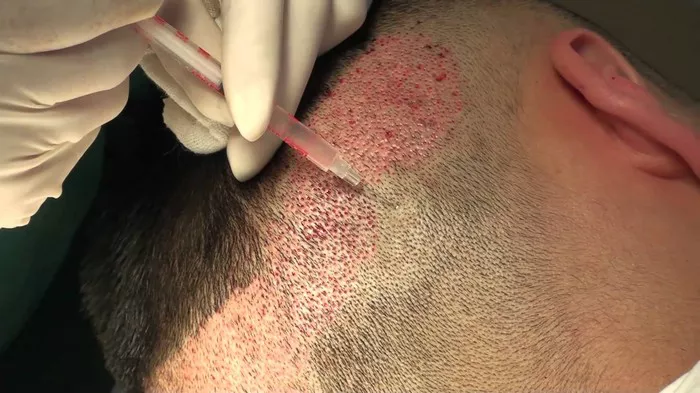Hair loss can be a distressing experience for many individuals, affecting not only their physical appearance but also their self-esteem and confidence. In the pursuit of regaining a full head of hair, many turn to hair transplant procedures, with Bosley being a prominent name in the field. One common concern among those considering a Bosley hair transplant is the level of pain associated with the procedure. In this article, we delve into the intricacies of Bosley hair transplants, exploring the factors that contribute to pain and providing insights into managing discomfort during and after the procedure.
The Bosley Hair Transplant Procedure: An Overview
Bosley, a renowned hair restoration clinic, offers a Follicular Unit Extraction (FUE) hair transplant procedure. FUE involves the extraction of individual hair follicles from a donor area (typically the back of the head) and their transplantation into the balding or thinning areas. This minimally invasive technique has gained popularity due to its effectiveness and quicker recovery compared to traditional methods.
Local Anesthesia: A Key Element in Pain Management
One of the primary factors contributing to the perceived pain during a Bosley hair transplant is the administration of local anesthesia. Before the procedure begins, the patient’s scalp is numbed using a local anesthetic to ensure they do not feel any pain during the extraction and transplantation of hair follicles. The effectiveness of local anesthesia plays a crucial role in minimizing discomfort throughout the process.
Pain Perception Varies Among Individuals
It is important to note that pain perception varies from person to person. Factors such as individual pain tolerance, anxiety levels, and overall health can influence how a person experiences pain during and after the Bosley hair transplant. While some individuals report minimal discomfort, others may describe the sensation as more intense.
During the Procedure: What to Expect
During the Bosley hair transplant procedure, patients may feel a mild tugging or pulling sensation as the surgeon extracts and transplants hair follicles. The local anesthesia significantly reduces the discomfort associated with these sensations. Patients are typically awake during the procedure, and communication with the surgical team is encouraged to address any concerns or discomfort promptly.
Post-Operative Discomfort: Temporary and Manageable
Following the Bosley hair transplant, patients may experience some degree of post-operative discomfort. This is a natural part of the healing process and is generally mild. Common sensations include soreness, swelling, and tightness in the donor and recipient areas. These symptoms typically subside within a few days to a week.
Managing Discomfort After Bosley Hair Transplant
Bosley provides patients with post-operative care instructions to help manage discomfort effectively. Pain medication may be prescribed to alleviate any lingering discomfort. Additionally, applying cold compresses to the treated areas can help reduce swelling and provide relief. It’s crucial for patients to follow the post-operative care guidelines provided by their Bosley surgeon to ensure a smooth recovery.
Long-Term Benefits Outweigh Temporary Discomfort
While some discomfort is inevitable during and after a Bosley hair transplant, it’s essential to recognize that the long-term benefits far outweigh the temporary pain. The results of the procedure are often permanent, providing individuals with natural-looking and fuller hair that can significantly enhance their overall well-being and confidence.
See Also: Does Bosley Hair Transplant Really Work: Unveiling the Truth
Conclusion: A Personal Decision with Considerable Rewards
Choosing to undergo a Bosley hair transplant is a personal decision that involves careful consideration of various factors, including the perceived level of pain. While some discomfort is associated with the procedure, advancements in techniques and anesthesia have significantly minimized the pain associated with hair transplants. Understanding the factors influencing pain perception, along with effective post-operative care, can help individuals make informed decisions and embark on their journey to hair restoration with confidence.


